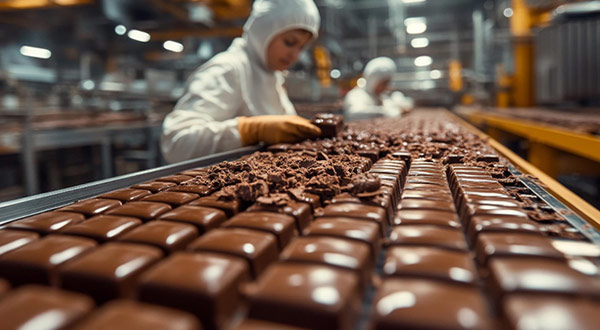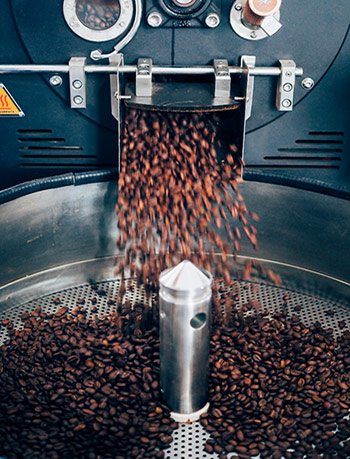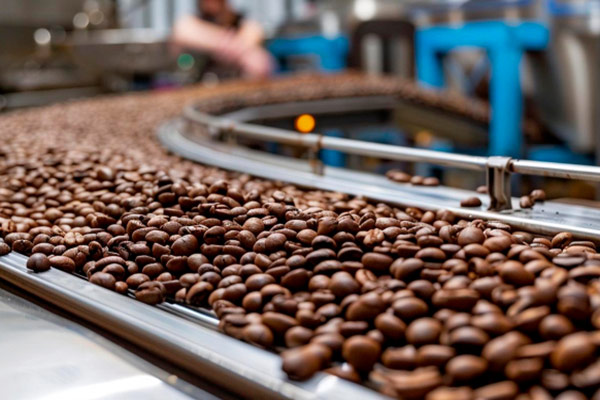Coffee production starts with the cultivation of the coffee plant, mainly grown in tropical regions with rich soil, warm temperatures, and consistent rainfall. The two most common species are Arabica and Robusta, each with distinct flavors and growing conditions. Countries such as Brazil, Vietnam, Colombia, and Ethiopia are among the top producers, supplying much of the world’s coffee demand.
When the coffee cherries ripen, they are carefully harvested. In many regions, this is still done by hand to ensure only ripe cherries are selected, although machines are also used in larger plantations. The timing of the harvest is critical, as under-ripe or overripe cherries can affect the quality of the final product.
After harvesting, the beans inside the cherries must be processed. This can be done using either the dry method, where cherries are sun-dried before the beans are extracted, or the wet method, where the pulp is removed and the beans are fermented in water. Both methods influence the flavor profile of the coffee, with wet processing generally producing a cleaner taste.
Once processed, the beans are dried to reduce their moisture content, then hulled to remove the parchment layer. The green coffee beans are sorted, graded, and shipped worldwide. At their destination, they are roasted to bring out rich flavors and aromas, then ground and brewed to create the beverage enjoyed by millions daily.
Coffee production is more than just farming; it is a careful balance of tradition, science, and craftsmanship. From planting to roasting, every step impacts the taste in your cup. With growing attention to sustainability and fair trade, the coffee industry is also striving to support farmers and protect the environment while meeting the global demand for high-quality coffee.



